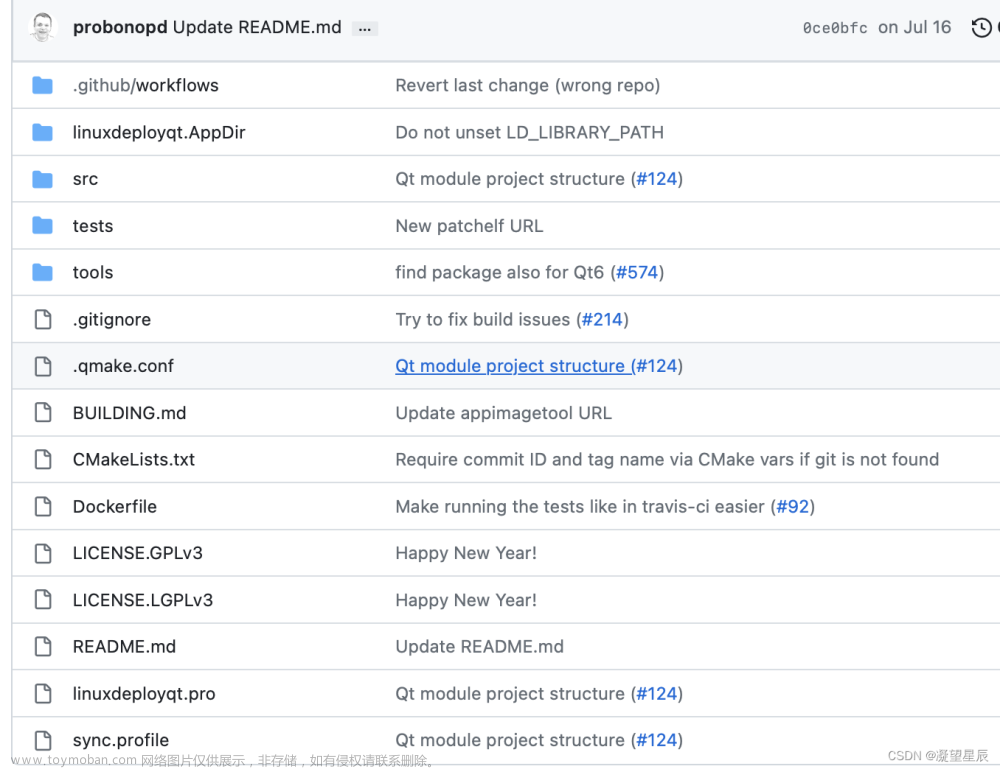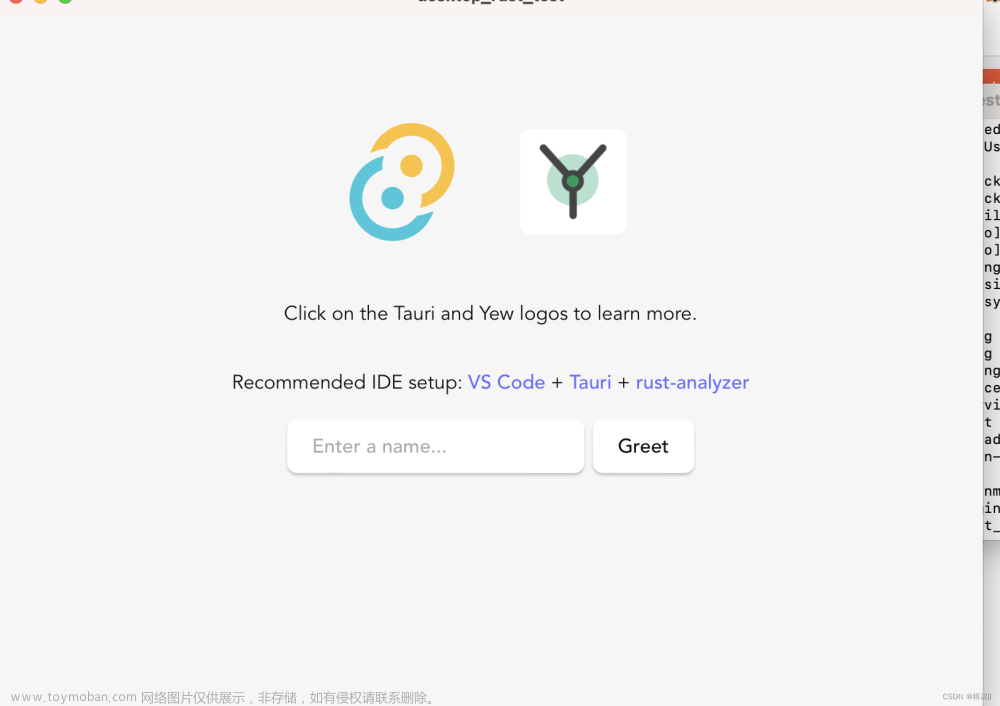一、Qt模块
本文使用Qt 5.15 LTS版本,开发环境:Windows + MSVC 2019 32-bit,其它平台参考Platform Notes。
-
Qt WebEngine
该模块主要提供一个基于Chromium的跨平台浏览器引擎。 -
Qt WebChannel
该模块提供的js库可以无缝访问C++或QML注册的序列化对象。
二、开发实例
工程目录树:
demo
├── core.h
├── demoassets.pri
├── demo.pro
├── index.html
├── main.cpp
└── qwebchannel.js
1. 创建工程
本文使用空白工程,逐步添加文件,最终的工程文件如下:文章来源:https://www.toymoban.com/news/detail-656216.html
# demo.pro
TEMPLATE = app
TARGET = demo
QT += core webenginewidgets webchannel
HEADERS += core.h
SOURCES += main.cpp
DISTFILES += demoassets.pri index.html qwebchannel.js
include(./demoassets.pri)
INSTALLS += target
2. 资源拷贝
# demoassets.pri
# 添加前端资源文件
jslib = $$PWD/qwebchannel.js
pages = $$PWD/index.html
demoassets.files += $$jslib
demoassets.files += $$pages
INSTALLS += demoassets
assetcopy.files += $$jslib
assetcopy.files += $$pages
CONFIG(debug, debug|release){
assetcopy.path = $${OUT_PWD}/debug
}
CONFIG(release, debug|release){
assetcopy.path = $${OUT_PWD}/release
}
COPIES += assetcopy
3. 主应用
#include "core.h"
#include <QApplication>
#include <QWebChannel>
#include <QWebEngineView>
int main(int argc, char **argv)
{
QApplication app(argc, argv);
// 注册对象
Core* core = new Core();
QWebChannel* channel = new QWebChannel();
channel->registerObject(QStringLiteral("core"), core);
// 加载主页
QString homePage = QCoreApplication::applicationDirPath() + "/index.html";
QWebEngineView *view = new QWebEngineView();
view->page()->setWebChannel(channel);
view->load(QUrl::fromLocalFile(homePage));
view->show();
return app.exec();
}
4. 工程方法
#ifndef CORE_H
#define CORE_H
#include <QObject>
#include <QMessageBox>
class Core: public QObject
{
Q_OBJECT
public:
Core(QObject *parent = nullptr): QObject(parent)
{
}
signals:
void send(const QString &text);
public slots:
void receive(const QString &text)
{
// receive from JS
QMessageBox::information(NULL, "receive", text, QMessageBox::Yes | QMessageBox::No, QMessageBox::Yes);
// send to JS
emit send(text);
}
};
#endif // CORE_H
5. 前端页面
注:文章来源地址https://www.toymoban.com/news/detail-656216.html
- 演示通过CDN引入Vue,实际可自行选择,关键部分为new QWebChannel
- qwebchannel.js为官方提供,可在Qt WebChannel Standalone Example查看
<html>
<head>
<meta charset="UTF-8" />
<!-- Qt webChannel -->
<script type="text/javascript" src="./qwebchannel.js"></script>
<!-- Vue -->
<script src="https://unpkg.com/vue@3.2.45/dist/vue.global.js"></script>
</head>
<body>
<div id="app">
<div style="width: 300px;">
<span>来自Qt</span><br>
<input v-model="textarea"/>
<br>
<span>发到Qt</span><br>
<input v-model="message" placeholder="请输入" /><br>
<button @click='sendToQt'>Send</button>
</div>
</div>
<script>
Vue.createApp({
data() {
return {
message: '',
textarea: ''
}
},
methods: {
sendToQt() {
console.log('to Qt' + this.message);
window.core.receive(this.message);
}
},
mounted() {
that = this;
new QWebChannel(qt.webChannelTransport, function(channel) {
// 挂载全局对象
window.core = channel.objects.core;
// 接收Qt发送信号
core.send.connect(function(text) {
console.log('from Qt' + text);
that.textarea = text;
});
});
}
}).mount("#app");
</script>
</body>
</html>
三、总结
- 通过WebEngine和WebChannel实现前端js和Qt C++的交互,进而由Qt调用C++本地方法来处理系统或平台相关的业务功能,完成一个前后端的高度集成。
- Qt本身自带强大的功能,开发人员根据产品特点设计合适的业务架构,如插件化、模块化的架构,即可实现一个产品模型。
到了这里,关于基于Qt WebChannel的前端UI桌面混合应用的文章就介绍完了。如果您还想了解更多内容,请在右上角搜索TOY模板网以前的文章或继续浏览下面的相关文章,希望大家以后多多支持TOY模板网!












